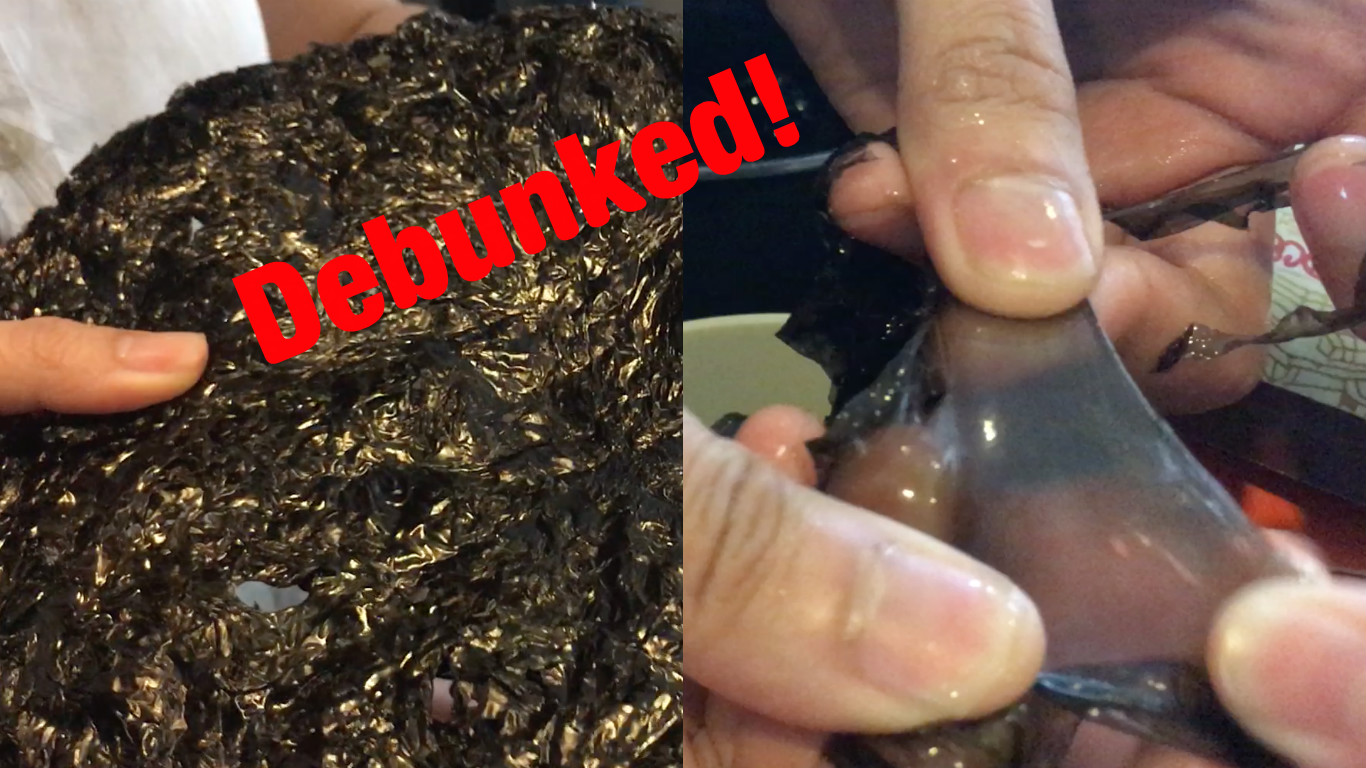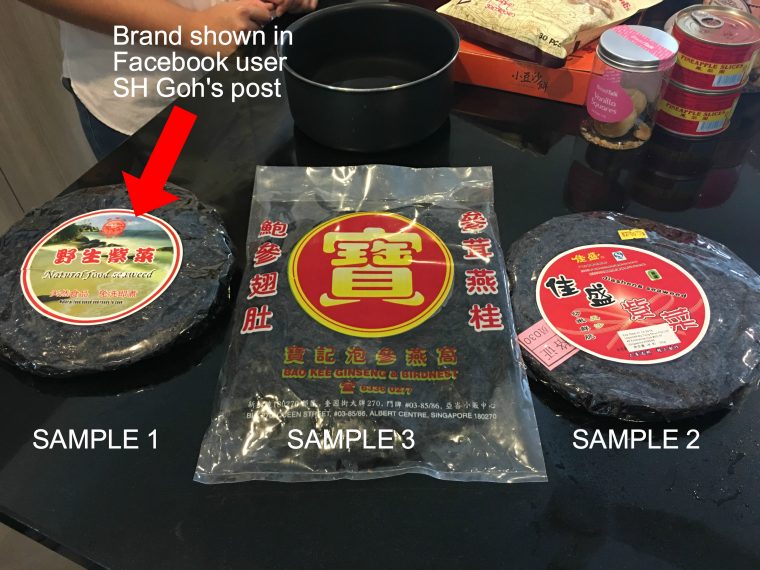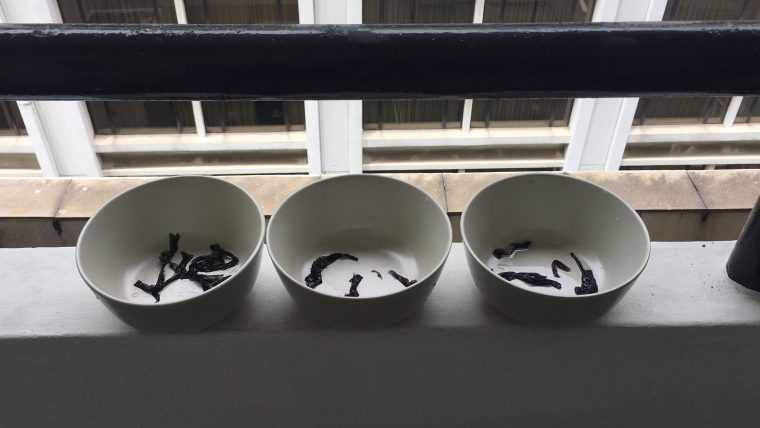You may or may not have heard, but there has been a rumour going round that "fake" plastic seaweed, imported from China, is being sold in Singapore.
A recent group of videos and posts circulated on Facebook make a pretty convincing case too:
We did our very own two-step authenticity test on 3 brands of seaweed just so we could see for ourselves.

You may or may not have heard, but there has been a rumour going round that "fake" plastic seaweed, imported from China, is being sold in Singapore.
A recent group of videos and posts circulated on Facebook make a pretty convincing case too:
But could you blame people for freaking out — imagine if the seaweed used in Ban Mian, accompanying soup with rice or dry noodle dishes and Yong Tau Foo was actually shredded clumps of garbage bags? That would have effects reaching far beyond scandal and poison, just to name the first two things to come to our minds.
Just look at how the auntie in the Channel 8 news report stretched and rubbed this piece of seaweed, and produced a very frighteningly audible squeaky plastic sound:
As frightening as that image (and also that sound) might be, let's be wise, critical thinkers and not participate in fear-mongering. The Agri-food and Veterinary Authority (AVA) has confirmed in a Facebook post on Friday that all brands of seaweed found in Singapore is real:
THE REAL DEAL!
There are rumours of fake seaweed being sold in Singapore. We would like to assure the public that imported food, including seaweed products, are regularly inspected and sampled for testing to ensure compliance with our food safety standards and requirements.
We have also conducted authenticity tests on various samples of seaweed products available in our market. So far, no fake seaweed has been detected.
However, before the AVA published this more comprehensive statement, the information initially reported in mainstream media merely said they had not detected any fake seaweed, without explaining how they determined that the samples highlighted were authentic.
It was at this point of uncertainty that we decided to get to the bottom of this ourselves, just to be triple-sure.
So we did a 100 per cent scientific* two-step experiment with the following 3 brands of seaweed we picked up from shops here in Singapore:
*Actually not
 Photo by Jeanette Tan
Photo by Jeanette Tan
Step 1: Soak the samples in water
Objective: To investigate the texture of these seaweed products and identify potentially plastic pieces
Indeed, we found some pieces (especially from sample 1) that felt oddly "plastic", and did not tear as easily as the ones from samples 2 and 3. All three also smelled significantly different. Visually, sample 1 was the shiniest as well. Check out the gif:
Another observation we made: after some time spent soaking the seaweed, all of the samples became softer — the most noticeable change, however, was observed with sample 1, which became much easier to tear and more similar in texture to samples 2 and 3. It was still the most durable of the three though.
That said, we identified these "stronger" pieces of seaweed from each sample, separated them, and left them to dry.
 Photo by Jeanette Tan
Photo by Jeanette Tan
Step 2: Conduct a burn test
Objective: To see if any of the pieces of seaweed will burn in a manner similar to plastic
Burn test on sample 1: Video by Jeanette Tan, gif-ed via GIPHY
Burn test on sample 2: Video by Jeanette Tan, gif-ed via GIPHY
Burn test on sample 3: Video by Jeanette Tan, gif-ed via GIPHY
As you can see, the sampled pieces did not melt and bubble, nor did they smell pungent when we burned them — the signs we would have expected to observe from materials containing plastic.
The truth was, they really just smelled like chao ta (burnt) seaweed.
Our verdict on this rumour: Debunked! The seaweed is all real, guys. They're safe to eat. Please forward this link to your mums, aunts and uncles.
Since you're here how about another article:
They say we can buy anything online, so here’s a life-sized gummy snake
Watch out, paper qualifications. Real life experience is coming for you.
Top collage photos by Jeanette Tan
Related articles:
AVA: Sulphur dioxide on mandarin oranges is normal, safe to consume
If you like what you read, follow us on Facebook and Twitter to get the latest updates.
If you like what you read, follow us on Facebook, Instagram, Twitter and Telegram to get the latest updates.